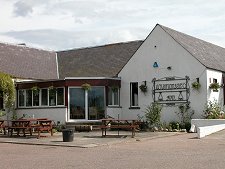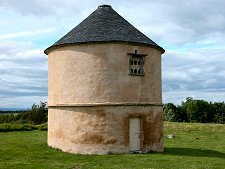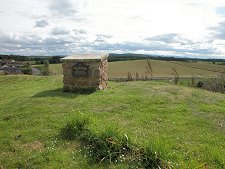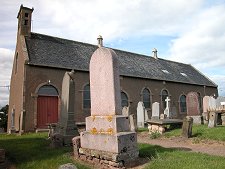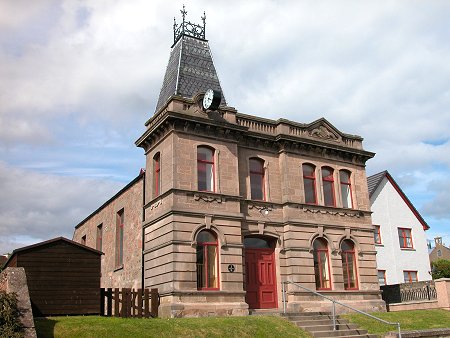 The Dunbar Memorial Hall |
Auldearn lies on the traditional route from Inverness to Aberdeen just two miles east of Nairn.These days it is bypassed by the main A96 road, which has helped retain the charm of a village whose twin strands of military and ecclesiastical history go back nearly 1,000 and 1,500 years respectively.
Overlooking the western end of the village is its most obvious link with the past. Signposts lead to a gravelled car park, from where a steep path leads up to Boath Doocot, a nicely restored dovecote. This was originally built in the late 1600s as part of the estate of Boath House, still standing in a rebuilt form, but now found to the north of the A96 bypass.
Boath Doocot stands in the centre of a raised circular area. This motte is all that remains of the Old Castle of Eren, built in about 1180 by William the Lion (King William I) and still in use as a Royal Castle when Robert the Bruce received the surrender of the rebellious Men of Moray in the early 1300s. Actually, there is one more reminder of the castle: its name, Old Eren is the origin of Auldearn.
On the south-west side of the motte is an information board about the Battle of Auldearn. This took place on 9 May 1645 on marshy land now occupied by the eastern end of the village and by the fields to the south and west of the Boath Doocot.
A 4,000 strong army of Covenanters under Major-General Sir John Hurry advanced from the east at dawn, hoping to surprise Charles I's Lieutenant in Scotland, the Marquis of Montrose, and his 1,500 men.
But the Royalists were forewarned and the closely fought and bloody battle that followed was finally turned when Covenanter cavalry, in an early example of "friendly fire", broke through their own infantry in error. The Royalists took full advantage and before the day was out, some 2,000 Covenanters had been killed. The spot where the two armies first came together is today home to the Covenanters' Inn.
To the north of the centre of Auldearn, again on raised ground, is the Parish Church. This was built in 1757 to replace an earlier church destroyed by fire. Traditionally earlier churches on this site were dedicated to St Columba and it's been suggested that the earliest chapel here may have been founded by St Columba in the years around 600.
As you wander around Auldearn today this sense of history comes back through the names of the Covenanter's Inn; nearby Battle Hill and less positively Dead Man’s Wood where many of the Covenanters were buried.
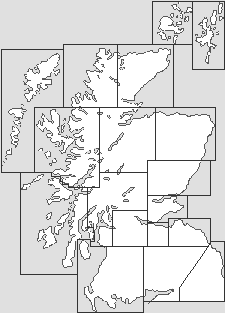
|
|
|
Visitor InformationView Location on MapWhat3Words Location: ///subtitle.dock.surreal |
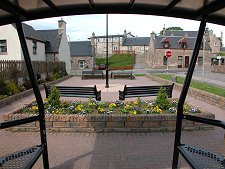 Centre of the Village |
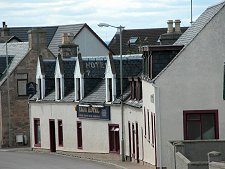 The Lion Hotel |
